3D Printed Surgical Guides Make Their Malaysian Debut
A 37-year-old Malaysian man has now joined the growing number of people worldwide whose lives have been significantly improved by 3D Printing. Suffering from a badly healed broken arm, which he fractured at a young age, he developed a bony deformity in the left forearm. This led to stiffness and pain when using his left hand and he was left unable to perform tasks as simple as picking up a plate or opening a door. Now, thanks to Dr. Ranjit Singh Gill from Pantai Hospital Kuala Lumpur and the 3D Printing experts at Materialise, he can look forward to a fully functional future once more. Using virtual surgical planning and 3D printed surgical guides, for the first time in Malaysia, this complex case turned into a surgical reality on June 4th 2013.
 The complexity of this case became more visible after Materialise created a virtual 3D reconstruction of the patient’s bones based on a CT scan of the patient’s arm. It turned out that the patient’s arm needed to be surgically broken again and the bone fragments precisely repositioned in order to restore normal arm movement.
The complexity of this case became more visible after Materialise created a virtual 3D reconstruction of the patient’s bones based on a CT scan of the patient’s arm. It turned out that the patient’s arm needed to be surgically broken again and the bone fragments precisely repositioned in order to restore normal arm movement.
Armed with this information, Dr. Ranjit collaborated with a clinical engineer, Helina Yusof, at Materialise’s Malaysian office with the support from the Materialise global clinical team, in order to try out a variety of different surgical plans prior to surgery. In this way, he was able to choose the best possible treatment for this specific case and turn it into a virtual surgical plan. This plan specified where Dr. Ranjit needed to cut the bone in order to reposition it as well as where he needed to drill into the bone to attach a surgical plate which fixates the bone fragments.
Based on this surgical plan, Mohd. Faiz Mispan, another engineer at Materialise Malaysia, designed two patient-specific guides. These are surgical instruments that fit the unique shape of the patient’s bone and guide the surgeon’s drill and sawblade to the exact position and direction defined in the surgical plan. These guides were brought to life at Materialise using 3D printers in a quality-controlled environment and sent to the hospital. With the pre-surgical plan and guides in hand, Dr. Ranjit was able to confidently step into the operating room and realize the results he set out to achieve.

When talking about working with Materialise and using virtual planning and 3D guides for the procedure, Dr. Ranjit reported that not only did it help him reduce operating time but it also simplified the procedure. He stated, “I have treated patients with a similar deformity and it is very complex surgery as all surgical steps are developed during the operation. Also, several implants need to be made available to choose from as the final decision can only be made intra-operatively. I found that being able to see the extent of the deformity before going into the OR and plan the surgery virtually tremendously improved the accuracy and final outcome. The guides meant that I didn’t have to spend as much time in the OR identifying the position of the cut and repositioning of the bones. I am excited that, together with Materialise, we can now bring such solutions to the Malaysian people.’
As many of the engineers working on orthopaedic cases at Materialise are Malaysian and based in the Selangor office, the company has launched Materialise TOUCH – a program that enables the local community to better benefit from the advantages this technology has to offer. The TOUCH initiative guarantees that all patients, regardless of their financial circumstances, have access to the treatment received by the patient above. This program is intended to provide our standard orthopaedic solutions, at no cost, to patients who are elegible for hospital welfare assistance in Malaysia.
Dr Ranjit presented this case at the recent Materialise Conference in Malaysia.

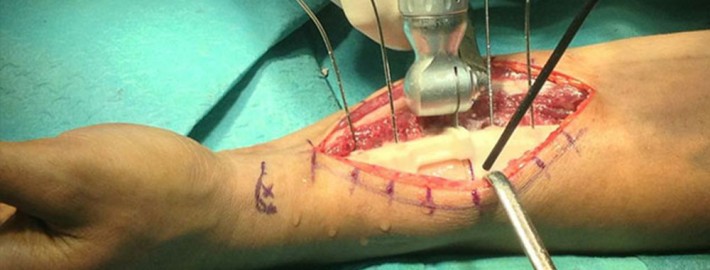
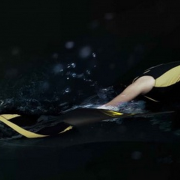
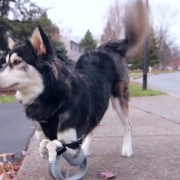
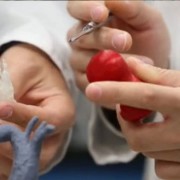
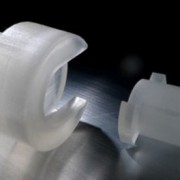
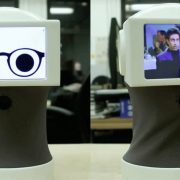
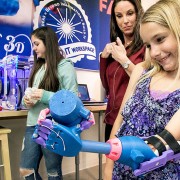
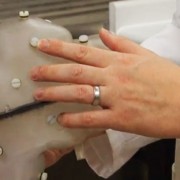




Leave a Reply
Want to join the discussion?Feel free to contribute!